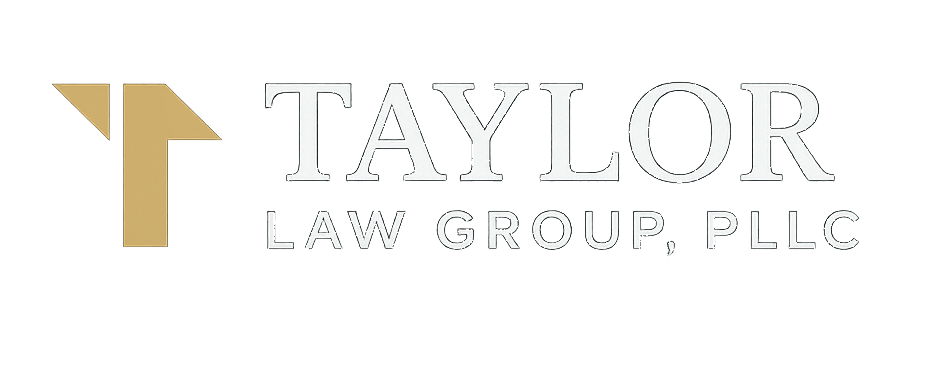What’s charged with Criminal Trespass:
Third-degree (§ 13-1502):
Remaining unlawfully on property after reasonable notice to leave; entering fenced property; or staying after business closure.
- Is charged as a
Class 3 misdemeanor.
Second-degree (§ 13-1503):
Entering or remaining unlawfully in or on a non-residential structure or fenced commercial yard.
- Is charged as a
Class 2 misdemeanor.
First-degree (§ 13-1504):
Entering/removing from a residential structure, critical infrastructure, or certain mines/public services; or looking into a residential structure in reckless disregard of privacy (peeping).
- Can be charged as a
class 5 or 6 felony or a
class 1 misdemeanor, depending on the facts.
Domestic-violence
tag (A.R.S. § 13-3601):
If a qualifying relationship exists, prosecutors may add a
DV
designation, which can trigger added conditions (counseling, firearm limits) and collateral effects. And, if you behave inappropriately while being escorted out, you may even be charged with
disorderly conduct
as well.
What the State must prove:
- Notice/knowledge:
You knew or should have known you were not allowed to enter/remain;
- Property type/element:
The location fits the degree charged;
- Intent:
The presence was knowing; accident/necessity can defeat intent.
Common defenses we use:
- No reasonable notice / unclear or missing signage
- Consent/license/privilege (employee/guest/customer)
- Public-facing area / open business hours / wrong property lines
- Necessity (seeking help/safety), lack of intent, misidentification
- Video gaps / inconsistent witness statements
Penalties at a glance:
Degrees & grading:
•
3rd-degree trespass (A.R.S. § 13-1502): typically
misdemeanor (often Class 3 or Class 2 depending on facts).
•
2nd-degree trespass (A.R.S. § 13-1503):
misdemeanor (usually Class 2).
•
1st-degree trespass (A.R.S. § 13-1504): can be
misdemeanor or felony depending on subsection (e.g.,
residential structure or
critical infrastructure can be
felony).
Misdemeanor exposure (first offense):
•
Class 1: up to
6 months jail,
$2,500 fine (before surcharges), up to
3 years probation.
•
Class 2: up to
4 months jail,
$750 fine, up to
2 years probation.
•
Class 3: up to
30 days jail,
$500 fine, up to
1 year probation.
Felony exposure (first-time, non-dangerous):
•
Class 6: Mitig
0.33 yrs · Min
0.5 yrs ·
Presumptive 1.0 yr · Max
1.5 yrs · Aggr
2.0 yrs.
•
Class 5: Min
0.5 yrs ·
Presumptive 1.5 yrs · Max
2.5 yrs (mitig/aggr apply).
Actual outcomes depend on the subsection charged, priors, “dangerous” designations, and the court. We often attack
notice,
consent, and
property-type elements to reduce or dismiss
Possible outcomes:
- Dismissals where notice/property elements fail
- Reductions (degree drop; from criminal to civil in limited scenarios)
- Diversion or deferred outcomes in eligible courts
What to do right now:
- Do not discuss the case with anyone but your lawyer
- Follow all release and no-contact conditions exactly
- Save receipts, texts, and any trespass warnings given
- Photograph signage/entrances and note business hours
- List witnesses (staff/security/customers) and any video sources
- Get a defense plan moving quickly—early action creates better options


